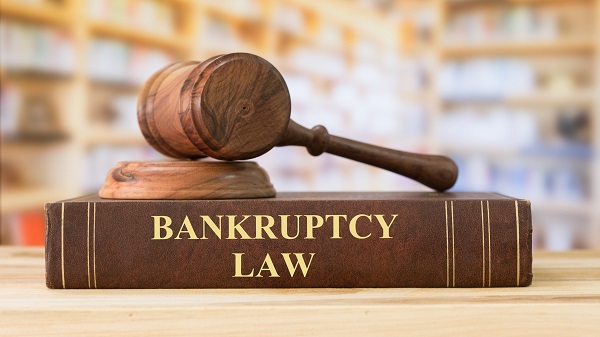
Angle

The Future of Subchapter V: Navigating the Pandemic and Beyond
- Bankruptcy
- 4 Mins
Bankruptcy courts have had an increase in activity since the COVID-19 pandemic struck, especially for small businesses facing financial challenges. The Small Business Reorganization Act (SBRA), which was passed in August 2019 and became effective in February 2020, modified the federal Bankruptcy Code by adding Subchapter V to provide a simpler way for qualifying small businesses to file for Chapter 11 bankruptcy. Some appealing characteristics of the Subchapter V option include one-step confirmation without requirements for administrative fees to be paid up-front, ability to spread debt over three to five years and pay off creditors, more simplified requirements for disclosure statements and plan confirmation, allowance of post-petition property and earnings, and automatic appointment of a trustee that helps facilitate a plan to settle outstanding debts while still allowing owners to keep their business. This came in handy for small business owners during a time of great need, but now bankruptcy attorneys and courts should start thinking about how Subchapter V will look post-pandemic, so they can prepare for what could be a substantial spike in Subchapter V activity.
The First Year
A month after Subchapter V went into effect, the global pandemic began and many small business owners across nearly every U.S. industry started running through their options. Due to the optimal timing of the SBRA, reorganization became a more viable alternative that many business owners would have previously avoided due to the costs and time associated with typical Chapter 11 bankruptcy. While Subchapter V was definitely needed prior to the pandemic to address deficiencies and gaps in the Bankruptcy Code, it became more crucial because of the fallout from pandemic-related restrictions and community health concerns.
However, since Congress could not envision what was to come a month after Subchapter V became effective, some quick amendments were needed to provide more widespread assistance. A temporary modification was The Coronavirus Aid, Relief, and Economic Security Act (CARES Act) increasing the maximum debt from $2,725,625 to $7,500,000. This is currently set to expire on March 27, 2022. Additionally, amendments under the Consolidated Appropriations Act in 2021 provided courts with the ability to grant Subchapter V debtors Paycheck Protection Program loans and allows debtors harmed by the pandemic an additional 60 days to make payments under a non-residential lease and up to 300 days to assume or reject these leases.
Looking Ahead
So, what will happen with Subchapter V in the future? Here are a few predictions:
-
The $7.5 million debt amount might be extended again, but this will be dependent on how long the pandemic ensues and the resulting state of economy. Another real possibility is that Congress decides to amend Subchapter V permanently to raise the debt ceiling to $7.5 million or, at least, higher then the initial $2.7 million amount. Bankruptcy professionals and small businesses should monitor if this happens and if so, whether there will be a phased rollout or just increased to a certain higher amount all at once.
-
Case law will play a significant role in how courts interpret Subchapter V after the pandemic ends. While there has been a flurry of decisions interpreting this section over the past year, more leniencies were extended due to the dire circumstances. It will be interesting to see if this continues or if judges take a more restrictive approach moving forward. For example, there has been conflicting decisions about who qualifies as a debtor, with some judges finding the business needs to be currently active at the time of filing and other courts disagreeing on the basis that nothing in the law limits Subchapter V availability to only those businesses currently operating. After the effects from pandemic are diminished, it is likely that more judges will find that businesses need to be operational at the time of filing in order to carry out the law’s central purpose of reorganizing and keeping their doors open. Another aspect of Subchapter V to observe is when temporary amendments expire and if any become permanent modifications. How courts decide where to draw the line about eligible debtors, extensions, filing requirements, and more will be clarified over time.
-
In the future, Subchapter V will still be well used, but not in such a reactionary way. Courts will have more time to focus on the reorganization of these businesses which may make the process even more efficient and streamlined since there will be better focus from judges and more case law to rely upon.
Conclusion
The pandemic has affected everything, and bankruptcy is no exception. While there is still uncertainty ahead, proactive advances by Congress through Subchapter V has allowed small businesses to get what they need, and this trend will continue after the pandemic’s aftermath. When the pandemic ends, Subchapter V will still be a good option for small businesses to remain viable, reorganize their debt and participant in the economy.
If you enjoyed this blog, please consider reading Predictions for Bankruptcies in 2021
The contents of this article are intended to convey general information only and not to provide legal advice or opinions.
